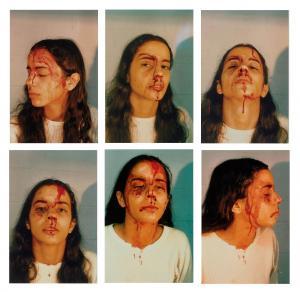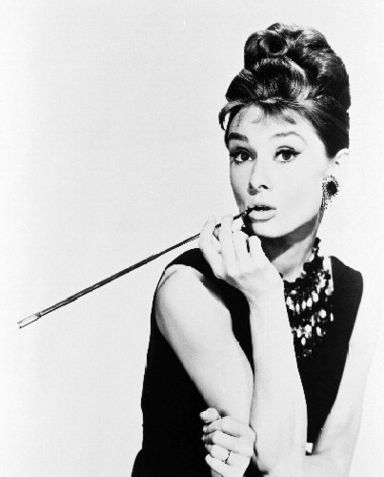Felix Gonzalex-Torres was an American visual artist who helped bring awareness of the struggles that homosexual people must endure because of their sexuality difference.. Originally from Cuba. Gonzalrz-Torres spent time in Madrid before attending art school in Puerto Rico.
In particular to raising awareness, Gonzalez-Torres produced this interactive piece known as Untitled (Portrait of Ross in LA) This is an interactive piece because it consists of a pile of candy lying in a corner in which viewers are encouraged to take a piece. After further analyses Untitled became known as the most effective way of acknowledging the spread of HIV/AIDS. This was accomplished through the symbolism of the candy. The net weight of the candy is 175 pounds which correlates to the weight of Ross Laycock. Ross Laycock was Gonzalez-Torres's parter who died in 1991 due to an AIDS related illness. So in the manner, the candy itself represents Ross Laycock. The interactive aspect of the display symbolizes HIV/AIDS on two accounts. First, HIV/AIDS causes the body to deteriorate and sufferers begin to lose a substantial amount of weight. This is displayed by the viewer taking a pice of candy and the pile getting smaller and smaller. The spreading of HIV/AIDS is represented by the viewer eating the candy. HIV/AIDS easily transferred to new hosts and by the person ingesting the candy is symbolic of them contracting HIV/AIDS themselves. Bringing the viewer into the work proved to be a powerful technique in which they further experienced the message Gonzalez-Torres in delivering with his Untitled (Portrait of Ross in LA).
Sadly, Gonzalez-Torres had other friends that died of HIV/AIDS related illnesses and in 1996, he himself did too.
Also see:
http://www.poortastemag.com/candy-says-death-and-life-in-felix-gonzalez-torres/


















.jpg)


















